lasashi specialty
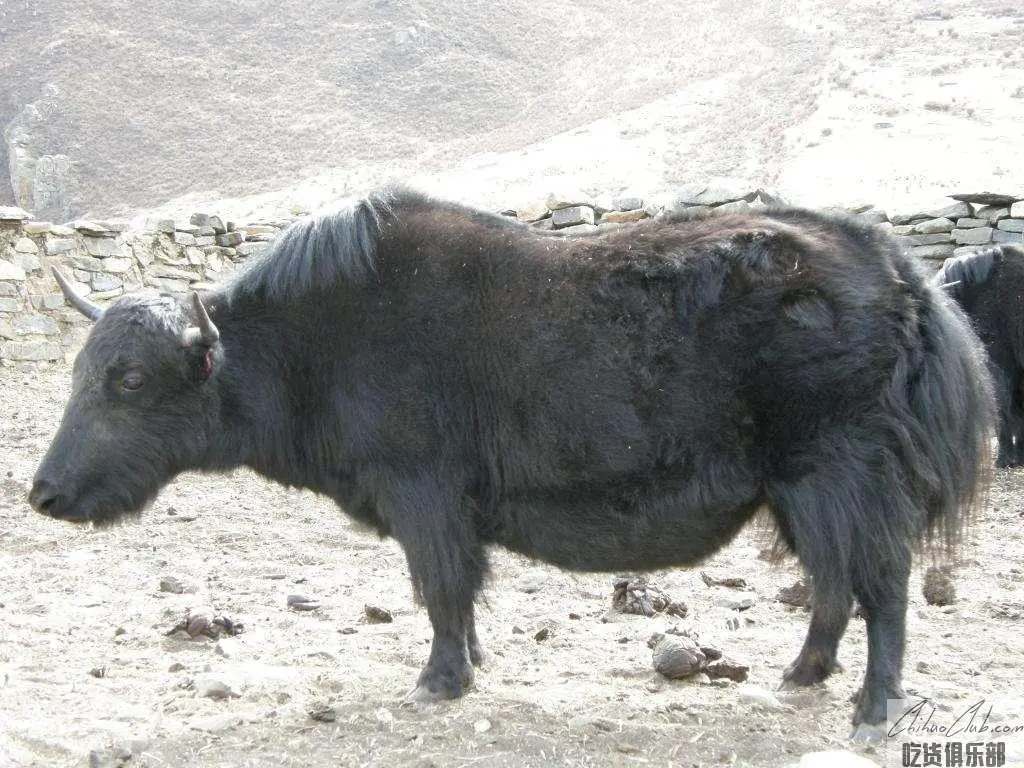
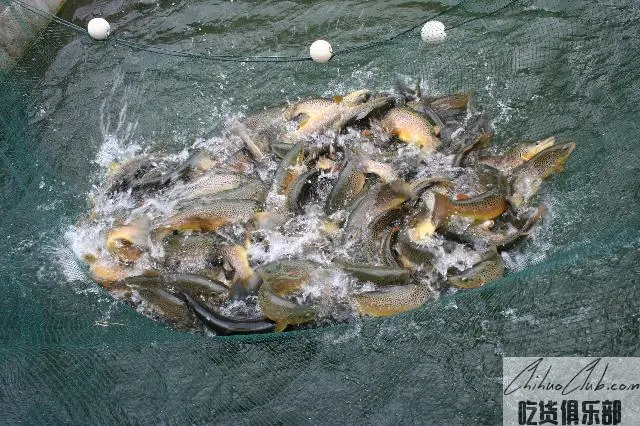
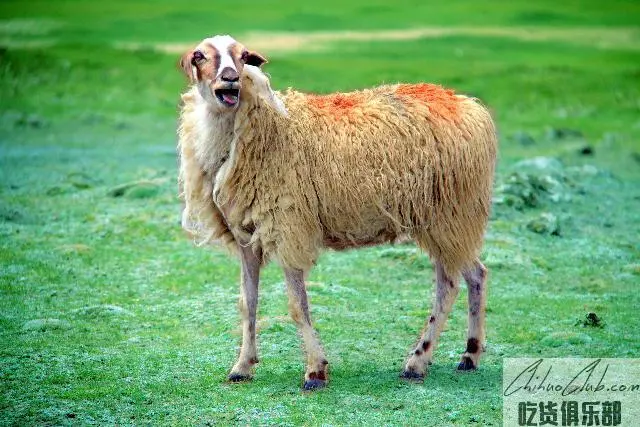
Gamba sheep is a local sheep raised by the farmers and herders in Gamba County, Shigatse Province, Tibet, between 4,300 and 6,800 meters above sea level. Gamba sheep consumes non-polluting natural pastures and drinks water from the snow-capped mountains. It has the characteristics of “small legs and big belly” and the characteristics of sexual field, timidity and sensitivity. The body weight ranges from 25 kg to 35 k kg, and the meat quality is good. With its three outstanding characteristics of “fine, delicious and unscented”, it is well-known in the Tibet Autonomous Region and is the designated tribute of the Panchen Lama.
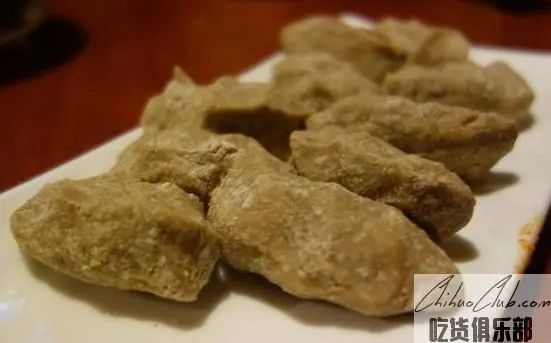
Gu Rongzhen is made by washing the high-quality barley in a specific area and frying it. The color is mainly white and black, powdery, uniform color, unique green buckwheat flavor, delicious and delicious, loved by the majority of Tibetan people, enjoys a high reputation in Tibet, has been a Tibetan official and upper monk since ancient times. Tribute. With the continuous improvement of people's living standards and the gradual development of the market, the market's demand for “Gu Rongrong” is increasing, not only in short supply in the region, but also sold to neighboring provinces, Beijing, Chengdu, India, Switzerland, etc.
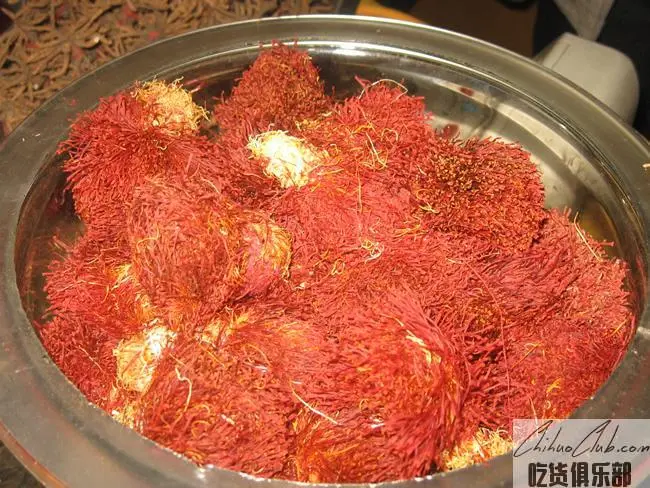
The price of saffron is very expensive and has the reputation of “red gold”. Its unique scent has a very comfortable feeling, and its brewed water is golden yellow, bright and noble, once known as the color of the emperor. The saffron was originally produced in the Western Regions, hence the name saffron. Later, it was introduced to India from the Mediterranean coast. It was also a saffron, and it was introduced into China from India through Tibet. It is also called saffron. In fact, Tibet did not produce saffron in early years. The success of introducing saffron in Shannan, Lhasa and Changdu areas has been a success in recent years.
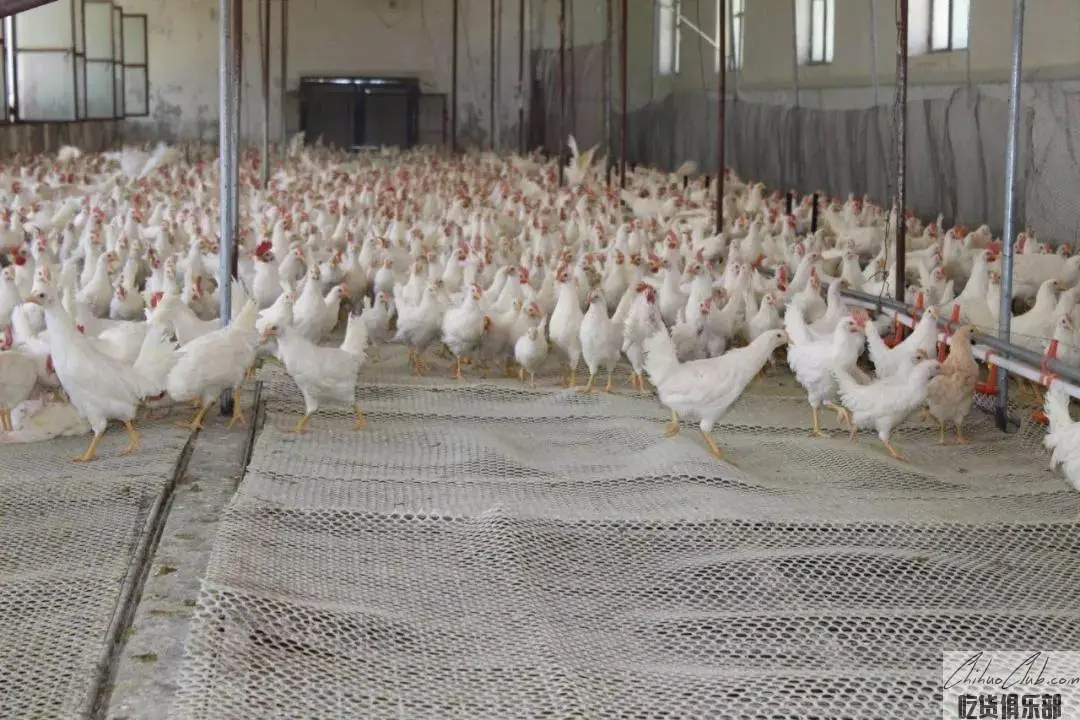
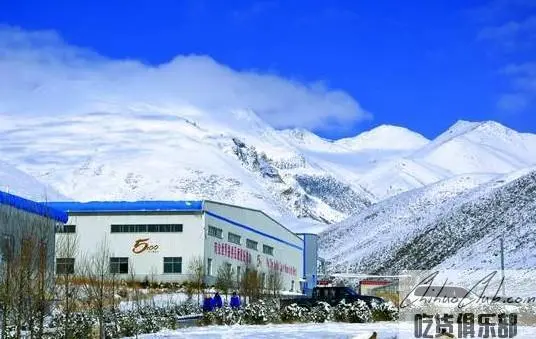
The Quma Nong mineral water is collected from the Quma Nongquan in Dangxiong County. The location of the spring eye is 5,100 meters above sea level. It is a rare and rare glacial mineral water source in the world. The Quma Nong mineral water from the 5,100-meter Tibetan glaciers is a product of the regional active fault zone of the Tibetan Plateau. It is a companion product of hydrothermal activity under the dual control of magmatic intrusion and geothermal activity. After many years of deep circulation, along the fault The rise naturally rises. Therefore, it is transparent, colorless, tasteless, and non-precipitating. The taste is extremely soft and round, and the aftertaste is clear. The water quality is superior to that of ordinary mineral water, and the content of lithium, strontium and metasilicate is rich and balanced, which is superior to national standards. It is a unique and rare mineral water. Domestically, the partial type of mineral water is mostly, but the lithium-containing element is less. The lithium element contained in the 5100 Tibet glacial mineral water is superior to the national standard.
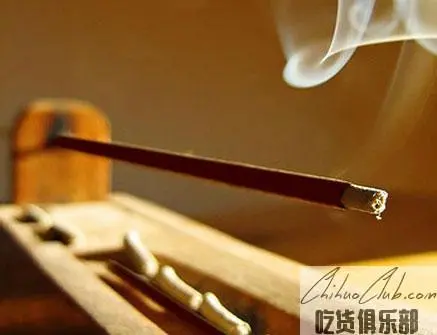
Nimu Tibetan incense (Tumba Tibetan incense) is a burning incense made from cedar and eucalyptus bark in Nimu County, Lhasa City, Tibet Autonomous Region. The color is khaki, black, and red, and the shape is divided into strips, towers, and powders. It is a Tibetan incense with a long history and distinct local characteristics. It has the oldest craftsmanship and production tools, as well as the most original Tibetan fragrance formula. It contains a rich history and cultural heritage. Because of its different formulas, it has its own distinctive taste and effect, which can eliminate the odor, purify the air, refresh the mind, replenish the spirit, repel the insect repellent, sterilize and anti-virus, prevent colds, etc., social awareness and High recognition.
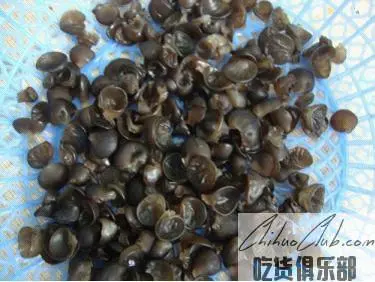
Yadong black fungus is produced on the thorn tree of the rose tree branch of the Yadong County forest in the southern foothills of the Himalayas at an altitude of 2800-3900 meters. The fresh fungus is coffee red, and the gum is thick; the dry body is black and looks like "black pearl". After the warm water is opened, only the size of the fingernail of the person is small, which is a small bowl. The product is rich in protein, fat, carbohydrates and a variety of vitamins and inorganic salts. The taste is crisp and smooth, and the meat is delicate and nutritious.
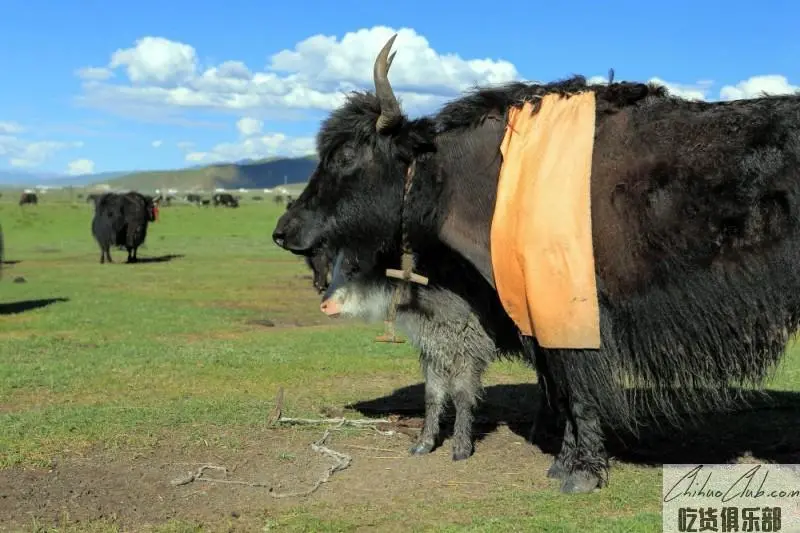
When male yaks grow in an unpolluted alpine zone at an altitude of 4,200 meters, the growth conditions are in full compliance with the requirements of green food. The yak meat is extremely rich in nutrients, containing 24.69% protein and 1.33% minerals. Its red blood cells and hemoglobin are 50-100% higher than yellow cattle. Its nutritional value is higher than that of yellow cattle, and only blood red protein is 50% higher than ordinary yellow cattle.